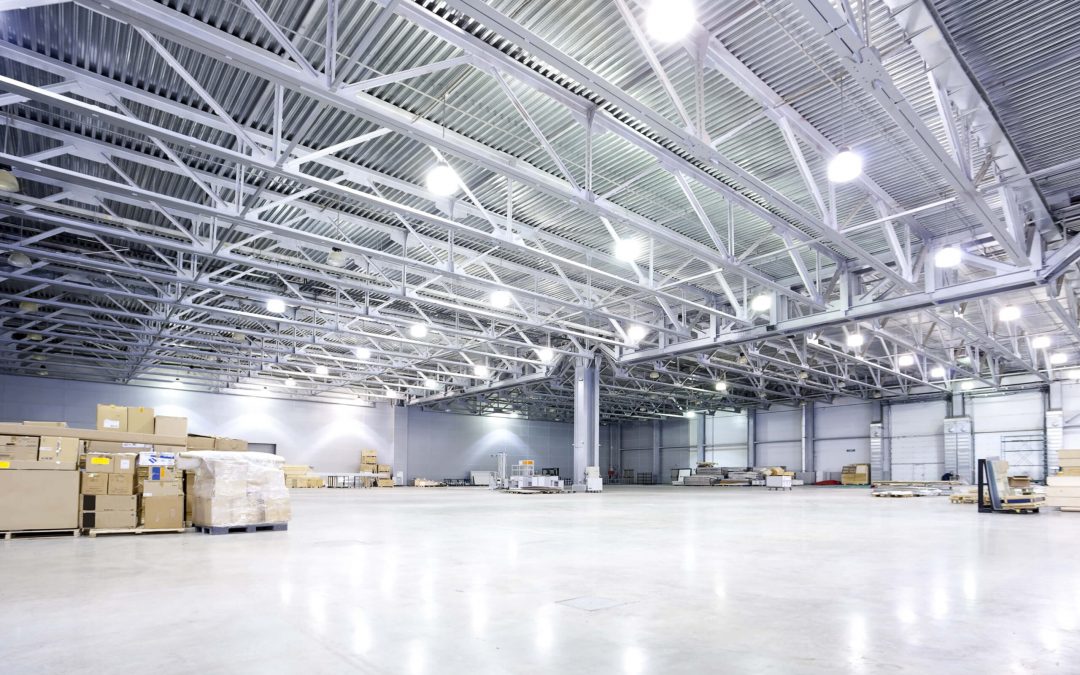Choosing the Right LED High Bay Lights for Your Warehouse
Optimizing your warehouse lighting is more than just replacing bulbs — it’s about enhancing safety, improving efficiency, and maximizing productivity. This guide will help you choose the right LED high bay lighting for your warehouse.
Usual Problems with LED High Bay Lights
-
1. Inadequate Light Distribution
One common issue with high bay lighting is poor light distribution, especially if the beam angle is incorrect for the space. Using narrow beam lights in an open warehouse can lead to uneven illumination, creating dark spots. Similarly, wide beam lights in narrow aisles might cause light spill and waste.
-
2. Excessive Glare
Glare from LED high bay lights can be distracting, especially in large spaces where workers operate machinery or handle delicate tasks. This is often caused by improperly installed lights or lights with poor optical design. Glare not only affects worker comfort but can lead to fatigue and even safety hazards.
-
3. Short Lifespan Due to Overheating
LED lights are more energy-efficient and longer-lasting than traditional lighting, but if the fixtures are poorly designed or not properly ventilated, they can overheat. This leads to premature failure of the LEDs. Choosing lights with good thermal management and ensuring proper installation is crucial for longevity.
-
4. Inconsistent Light Output
Over time, the lumen output of high bay lights can degrade, especially if the LEDs are of lower quality. This inconsistency can result in varying levels of brightness across the warehouse. Ensuring you choose high-quality LED lights with proper lumen maintenance and warranty will help mitigate this issue.
-
5. Energy Inefficiency
While LED lights are known for their energy efficiency, some LED high bay lights still consume a significant amount of energy due to their design. This can happen if the light’s efficiency (measured in lumens per watt) isn’t up to standard. Opting for high-efficiency LED lights, like those with a higher lumen-per-watt rating, can significantly cut energy costs.
-
6. Poor Color Rendering
Color rendering index (CRI) is an important factor for visibility in warehouses, especially for tasks that require precision. Some low-cost LEDs have poor CRI, making the colors of objects in the warehouse appear distorted. Choose LED lights with a high CRI to ensure that the colors are rendered accurately and improve safety and accuracy in your warehouse.
Choosing the right High Bay light guidelines
1. Understand Ceiling Height & Space
- 15–20 ft: 10,000 – 15,000 lumens
- 20–30 ft: 20,000 – 30,000 lumens
- 30+ ft: 35,000+ lumens
Use wide beams for open spaces, and focused beams for aisles.
2. Beam Angle
120° wide beam: Best for open areas
60°–90° narrow beam: Ideal for shelves and aisles
3. UFO vs. Linear Type
- UFO: Compact and easy to install
- Linear: Great for rectangular layouts
4. Color Temperature
- 4000K: Soft neutral white
- 5000K: Bright and cool white
- 5700K+: Daylight tone
5. Smart Efficiency
- Use dimming and motion sensors
- Look for 130+ lm/W efficiency
6. Protection Ratings
- IP65+: Water and dust resistance
- IK08+: Strong impact resistance
7. Warranty & Certification
Choose UL, DLC, or CE certified lights with at least 5 years of warranty.
8. Smart Controls (Optional)
Features like remote scheduling, wireless control, and automation are useful for energy savings.
Recommended: Qubit High Bay G7 – AdvanLED
- High lumen efficiency (>150 lm/W)
- Optional dimming and motion sensors
- IP65-rated ingress protection
- IK08-rated durability
- 50k hours lifetime



